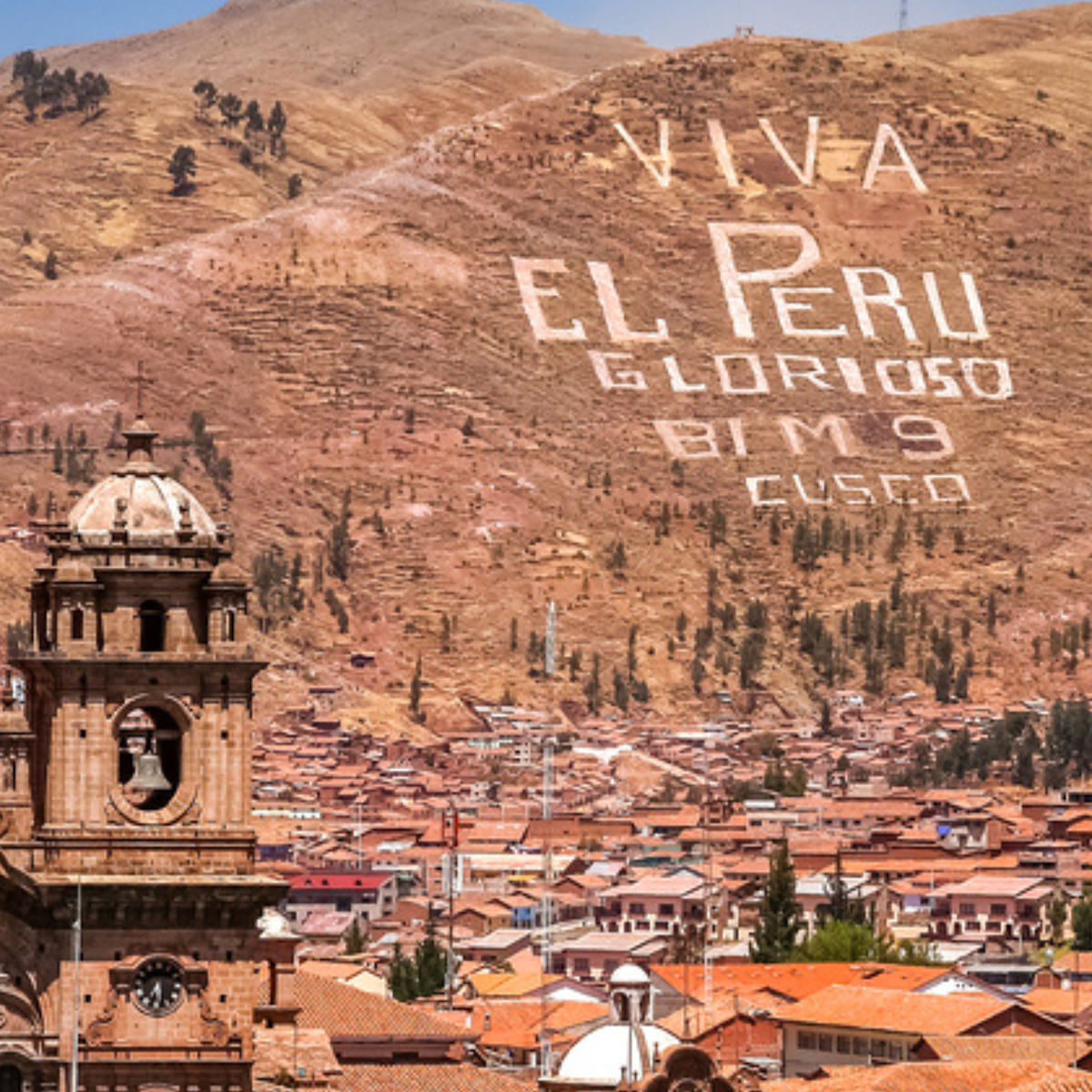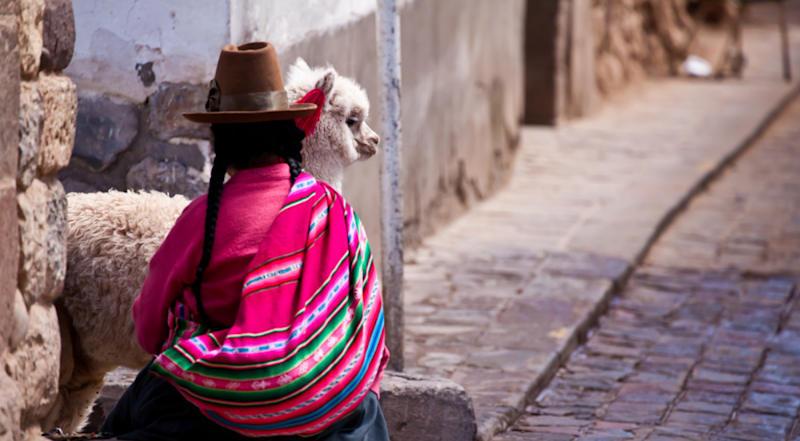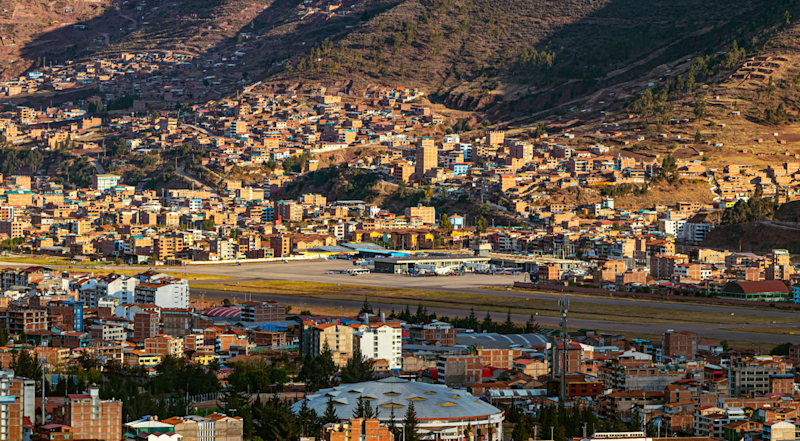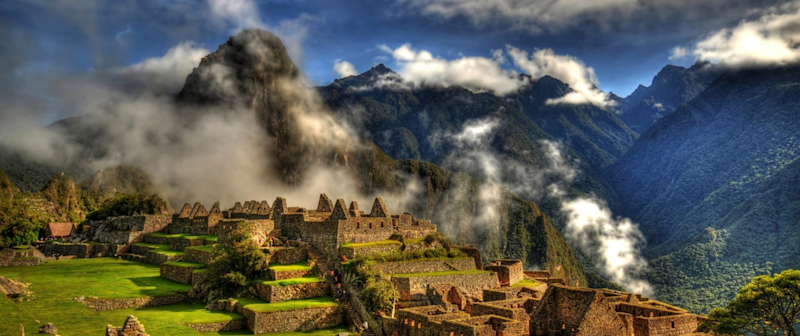
10 must‑know tips for smooth travel in Cusco: your ultimate guide
Planning a trip to Cusco? This ultimate guide covers altitude prep, seasonal tips, what to pack, money smarts, local transport, must-see sights, cultural events, where to eat, what to buy, and safety essentials for a smooth adventure.

by Emma Marais
15 min read
Overview:
- Understanding preparation, acclimation & safety
- Packing essentials & currency know-how
- Top experiences, cultural finds & where to eat
- Where (and how) to eat in Cusco
- Shop the markets like a local
- Explore day trips from Cusco worth the detour
- Cusco travel safety tips for peace of mind
- Final Tip Recap
Understanding preparation, acclimation & safety
Tip 1. Respect the altitude — your body will thank you
Spend your first 2–3 days taking it easy in Cusco or the lower-altitude Sacred Valley . Drink plenty of water — staying hydrated is your best defence. Avoid alcohol, caffeine, and heavy meals in the first 48 hours. Try coca tea, a traditional remedy widely used in Peru to help with altitude symptoms. Check if your hotel offers oxygen support — some provide enriched oxygen rooms or on-demand tanks. Consider talking to your doctor about altitude medicine like acetazolamide before your trip.
Tip 2. Time your visit around the seasons
Dry season (May to September) means clear skies, ideal hiking weather, and peak conditions for Cusco day trips like Rainbow Mountain or Humantay Lake . But it’s also the busiest (and most expensive) time to visit. Wet season (November to April) brings fewer tourists, greener valleys, and a more relaxed atmosphere. Just be ready for heavy rains, muddy trails, and occasional transportation hiccups.
Packing essentials & currency know-how
Tip 3. Pack layers — Cusco’s weather changes fast
Breathable layers: Start with T-shirts, add a fleece, and finish with a windproof jacket. Sun protection: Bring SPF 50+, polarised sunglasses, and a wide-brimmed hat — the sun hits harder at high altitudes. Footwear: Choose sturdy, non-slip walking shoes or hiking boots. Streets are often cobbled, uneven, and slick after rain. Other essentials: Reusable water bottle, hydration salts, lip balm, and any altitude meds prescribed by your doctor.
Tip 4. Know your money — and how to use it
Withdraw cash from reputable ATMs in central areas like Plaza de Armas. Have a backup card in case of ATM issues. Credit cards are accepted in mid- to high-end spots but expect a 3–5% surcharge. Street vendors, taxis, and artisan stalls are cash only, so carry small bills. Don’t rely on finding cash machines in rural areas — stock up in the city.

Top experiences, cultural finds & where to eat
Tip 6. Use local transport strategically
Walking is ideal in the historic centre — but be ready for steep inclines, uneven cobblestones, and the occasional street dog. Taxis and Ubers are easy to find and usually affordable. If you're flying in, book an official taxi from the prepaid booth inside the airport to avoid scams. Colectivos (shared vans) offer cheap rides to nearby towns like Pisac or Urubamba. Just know that departure times can be vague, and routes aren’t always posted or announced. Organised tours are the best option for more complex Cusco day trips — think Rainbow Mountain, Humantay Lake, or Sacred Valley ruins. You’ll avoid the stress of arranging permits, transfers, and guides.
Tip 7. Dive into the best things to do in Cusco
Sacsayhuamán : A massive stone fortress on the edge of town, known for its mind-blowing construction — stones so perfectly cut, they lock together without mortar. Qorikancha (Temple of the Sun): Once covered in gold, this sacred Incan site now houses a church built by Spanish colonisers — a living symbol of Peru’s layered history. Cusco Cathedral : Located on Plaza de Armas, the cathedral is both a spiritual and architectural landmark filled with colonial artwork and cultural treasures.
San Blas sits above the city and offers a mix of art studios, boutique galleries, artisan workshops, and cafés. The walk up is steep (very steep), but it rewards you with some of the best views of the city. The neighbourhood's whitewashed buildings and narrow alleys feel like a storybook scene — if that story included llamas and street murals.
Tip 8. Mix in cultural experiences and adventure activities
Inti Raymi (Festival of the Sun) in June is the biggest event of the year, with actors in full Inca regalia performing ancient rituals. Semana Santa (Holy Week) and Corpus Christi offer a powerful look at the region’s blend of Catholic and Andean traditions, with colourful parades and ornate processions. Timing your visit to align with these events can add a whole new dimension to your trip.
Rainbow Mountain (Vinicunca) is visually stunning but physically demanding. At 5,200 meters, it's not a casual walk — acclimatisation is non-negotiable. Humantay Lake is a good middle ground: less crowded, slightly easier, and framed by dramatic glacial peaks. Salkantay Trek is a multi-day alternative to the Inca Trail, ideal if permits are sold out but you still want a bucket-list journey to Machu Picchu. For something easier, try a short hiking in Cusco route to Tambomachay or Qenqo, where you’ll find fewer tourists and breathtaking views.
Most Cusco cooking classes start with a guided tour through local markets in Cusco, where you’ll shop for ingredients with a chef. You’ll learn how to make Peruvian staples like ají de gallina, lomo saltado , or ceviche , and shake up a proper pisco sour. These classes are hands-on, fun, and give you a real taste of life in the Andes.

Where (and how) to eat in Cusco
Tip 9: Know where (and how) to eat in Cusco
Cicciolina – A Mediterranean–Andean fusion restaurant in San Blas with a cosy, upscale feel. The tapas are perfect for sharing and full of flavour. Chicha by Gastón Acurio – Founded by Peru’s most famous chef, this is the place to go if you want to splurge. Think high-altitude fine dining with native ingredients. Green Point – A plant-based paradise for vegetarians and vegans. It’s tucked in San Blas and serves beautifully plated dishes that are 100% meat-free. Morena Peruvian Kitchen – Large portions, bold local flavours, and a stylish atmosphere. Right near Plaza de Armas, it’s an easy win for lunch or dinner.
Cuy (guinea pig) – It’s an Andean delicacy with centuries of history. Expect it roasted whole, often with herbs and potatoes. Alpaca steak – Leaner than beef and full of flavour, it’s a sustainable option you’ll find on many menus. Choclo con queso – Giant white corn with slices of salty Andean cheese. It’s a popular street snack and pairs well with chicha morada . Chicha morada – A purple corn drink flavoured with cinnamon and fruit. It’s non-alcoholic, unless you go for the fermented chicha de jora , which locals often sip during festivals.
Tipping is customary—leave 10% at restaurants but check the bill to see if it's already included. Locals tend to eat their biggest meal at lunch ( almuerzo ), so restaurants can be busy midday. Don’t drink the tap water and only accept ice if you’re sure it’s from filtered sources.
Shop the markets like a local
Tip 10: Shop the markets like a local
San Pedro Market
You’ll see piles of fresh produce, blocks of handmade cheese, coca leaves, and everything from dried alpaca meat to herbal teas. It’s a great place for a cheap, authentic meal. Grab an avocado sandwich, hot tamales, or a mystery stew from a local food stall for under S/10. Wander toward the back and you’ll hit the artisan stalls—blankets, ponchos, and sweaters labelled “100% alpaca.”
Artisan markets worth exploring
Centro Artesanal Cusco – Located along Av. El Sol, it’s organised, easy to navigate, and a great one-stop shop for souvenirs. Mercado de San Blas – Quieter and more intimate, this market is packed with handcrafted jewellery, woven goods, and embroidered bags. Look for vendor stalls labelled Q’ente or Sumaq Qara —they often represent women’s collectives from remote Andean communities.
Explore day trips from Cusco worth the detour
Sacred Valley
Stop at Pisac for ancient terraces and a buzzing Sunday market. Swing by Ollantaytambo , a preserved Incan town with awe-inducing ruins. Visit Moray , a series of circular agricultural terraces believed to be an ancient crop lab. Don’t miss the Maras Salt Mines —stunning, geometric salt pans still in use today.
Rainbow Mountain (Vinicunca)
Leave early (4 a.m.). Hike is short but intense—2–3 hours round trip at 5,200m. Weather is fickle—rain, snow, sun, and wind can all happen on the same day. Consider Palccoyo Mountain as a less-crowded, easier alternative with multiple colourful peaks. 
Machu Picchu
If you’re hiking the Inca Trail or going for a Machu Picchu trek , book 6+ months ahead—it sells out fast. Not hiking? Take the train from Ollantaytambo to Aguas Calientes, then a shuttle up the mountain. Choose between a guided tour or solo visit, but entry times are staggered, and passports are checked at the gate.
Cusco travel safety tips for peace of mind
General safety
Petty theft is your main concern, especially in busy areas and markets. Use crossbody bags with zippers. Keep valuables in your hotel safe. Don’t flash cash, cameras, or phones. Be discreet. At night, stick to well-lit areas and avoid wandering alleys alone.
Health & altitude
Avoid drinking tap water—go for bottled or filtered only. Be cautious with street food until your stomach adjusts. Know the signs of altitude sickness (headache, fatigue, nausea). If symptoms get worse, descend and seek medical help.
Emergency info
Emergency number: 105 (police), 106 (ambulance), 116 (fire). Closest hospital for tourists: Clinica San Jose or Clinica Peruano Suiza . English-speaking pharmacies are easy to find near Plaza de Armas. Ask for “botica” or “farmacia.”


